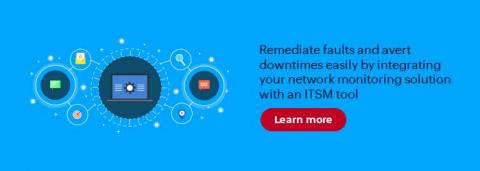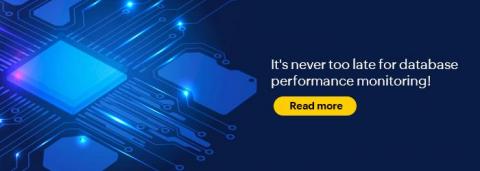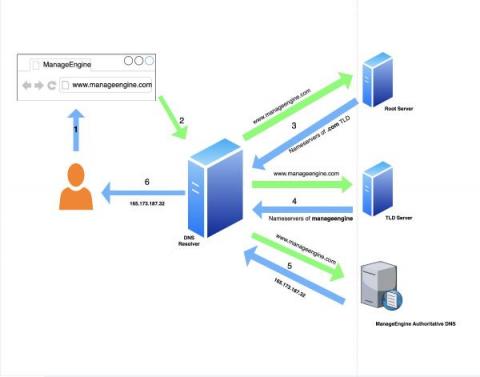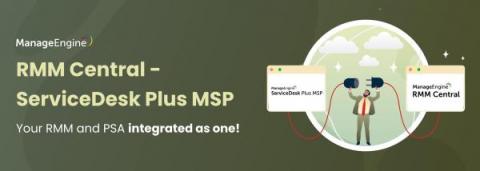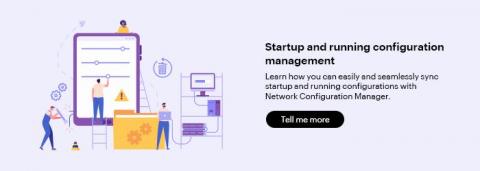Minimizing network downtime by integrating network monitoring solutions with ITSM tools
Being a network admin of an enterprise network, you know better than anyone how disastrous network downtimes might be. The cost of downtime study conducted by Gartner in 2014 found that network downtime costs $5,600 per minute on an average, but this number can range from $2,300 to $9,000 per minute. With organizations moving towards sophisticated networks built on hybrid infrastructures, network downtimes are becoming more frequent and costly.


